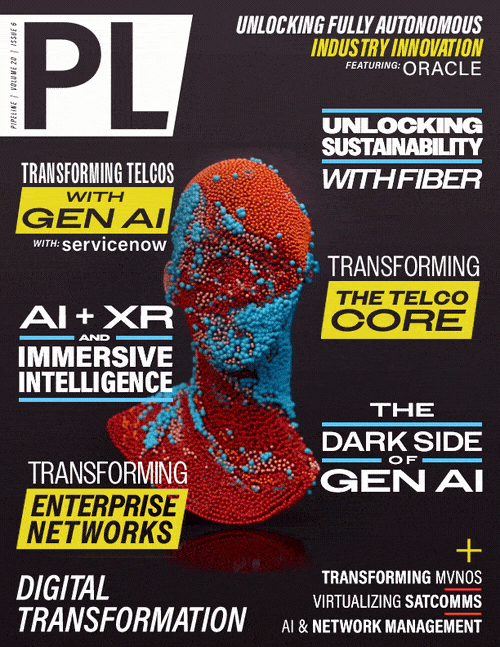5G-Enabled Technologies Could Solve U.S. Climate Change 5G-Enabled Technologies Could Solve for One-Fifth of U.S. Climate Change Target by 2025, New Study FindsNew use cases stemming from 5G networks will reduce U.S. carbon footprint by up to 330.8 MMtCO2e--the equivalent of removing 72 million passenger vehicles from the road, report projects5G connectivity will play a significant role in enabling the U.S. to meet the Biden Administration's climate change goals, with 5G-enabled use cases projected to make up to a 20% contribution toward the country's carbon emission reduction targets by 2025, according to a new Accenture study commissioned by CTIA, the wireless industry association. New use cases stemming from 5G networks will reduce U.S. carbon footprint by up to 330.8 MMtCO2e—the equivalent of removing 72 million passenger vehicles from the road, report projects. 5G connectivity will play a significant role in enabling the U.S. to meet the Biden Administration’s climate change goals, with 5G-enabled use cases projected to make up to a 20% contribution toward the country’s carbon emission reduction targets by 2025. "This study confirms that U.S. 5G wireless networks will be instrumental in tackling the pressing challenge of climate change," said Meredith Attwell Baker, CTIA President and CEO. "America's wireless industry is building a world-leading 5G platform that will spur the investment and innovation necessary to meet our country's climate objectives." The report, titled 5G Connectivity: A Key Enabling Technology to Meet America's Climate Change Goals, finds that use cases on 5G networks will enable up to 330.8 million metric tons of carbon dioxide equivalent (MMtCO2e) of additional abatement by 2025. That is the equivalent of removing 26% of all the passenger vehicles from the road in the U.S. for a year—roughly 72 million vehicles. The report examined 31 use cases for 5G across five industry verticals: transportation and cities, manufacturing, buildings and energy, agriculture, and working, living and health. The report discusses the following three verticals in depth, where 5G will have significant downstream carbon abatement potential:
"This study shows 5G networks can bring material reductions in our country's carbon footprint," said Peters Suh, Accenture's North America Communications and Media industry lead. "The crucial piece will be how industries leverage cloud-first 5G networks to bring greater innovation into key operational processes. With appropriate education and ecosystem changes, organizations can reap the climate benefits of 5G across their cloud continuum, which includes everything from the public cloud to the edge." "U.S. 5G networks already cover 305 million people, we're building out 5G faster than we built out 4G, and every day, the wireless industry is working to make these networks go faster and farther," added Attwell Baker. "Taken together, America's wireless ecosystem is positioning U.S. innovators across these key industry verticals to quickly unlock these climate benefits." Source: CTIA media announcement | |

















